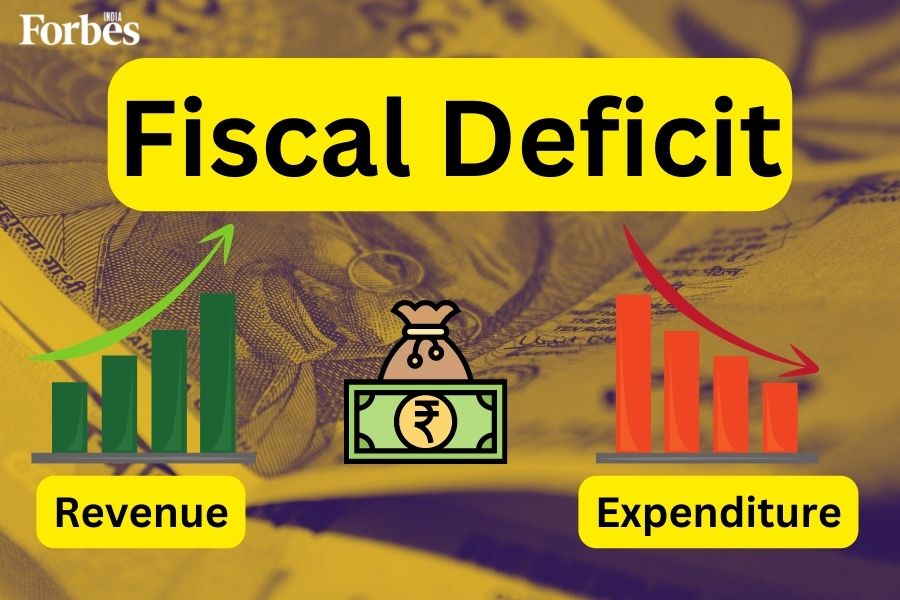
Fiscal deficit: Meaning, history in India, causes, current deficit and more
What is the fiscal deficit? Why does it matter? Let's explore its economic implications in our comprehensive article

The fiscal deficit is one of the most important concepts in the dense lexicon of economics. Debates and policy decisions on the budget deficit are common because of the influence it has on a country's economic growth and stability. If you're interested in economics, or if you're a concerned citizen, or especially if you're a policymaker, knowing what the budget deficit is and why it matters is essential.
In this article, we'll start untangling the knots of fiscal deficit to see what it all means. We'll look back at how India has dealt with this economic problem in the past. We will also understand the many facets of fiscal deficit, from the causes of its expansion to the methods used to reduce it and its consequences for the economy.
What is the fiscal deficit?
Fiscal deficit refers to the amount by which a government's spending exceeds its revenue in a given fiscal year, leading to increased borrowing and accumulation of debt. It represents the amount of borrowing required by the government to meet its spending obligations when its expenses surpass its income.
When a government spends more than it generates through sources like taxes, fees, and other revenue streams, it incurs a fiscal deficit. The deficit is typically financed through borrowing from various sources, such as issuing government bonds or seeking loans from domestic or international entities. Accumulated fiscal deficits contribute to a country's overall public debt burden.
Fiscal deficits can occur due to several factors, including increased government spending, economic downturns, tax cuts, subsidies, or inefficient revenue collection.







